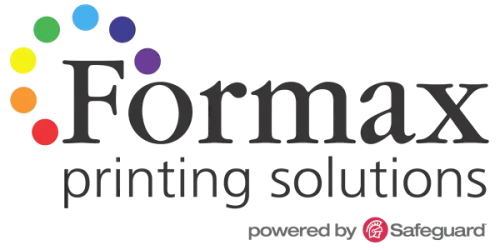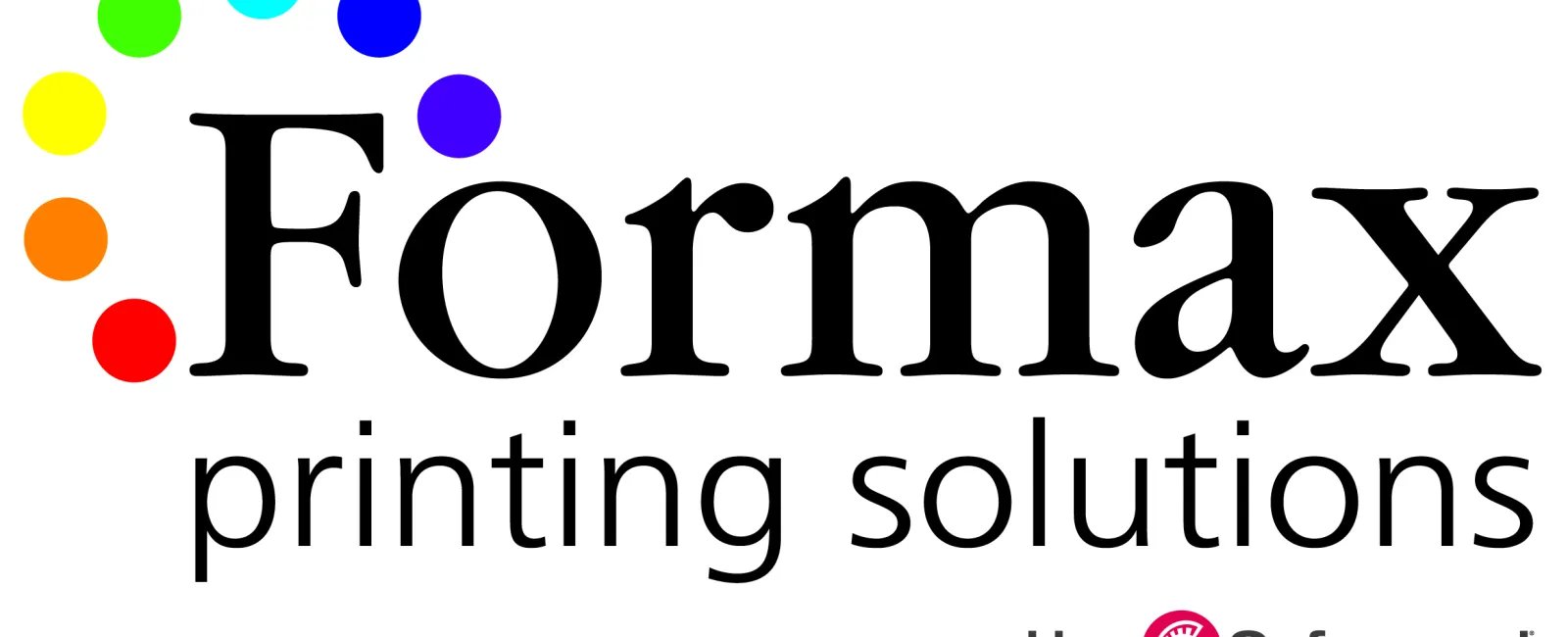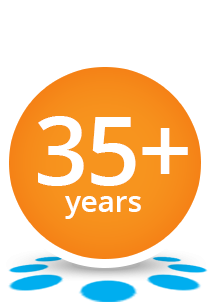In printing, Finishing refers to value-added operations that are performed after the ink has been applied to the paper. Some finishing operations can occur before the printing comes off the press (inline), but many finishing operations are performed after the printing comes off the press (offline).
Many commercial printers have a Finishing department, which performs a wide variety of services to enhance the function and appearance of printed pieces. Because bindery operations make up a large subset of finishing work, many printers use the catch-all term "Finishing and Bindery" or "Finishing and Binding" to describe all post-printing activities.
Some of the more popular print services that fall under the category of Finishing include-
Collating - the gathering and arranging of individual sheets or other printed components into a predetermined sequence. Collating creates consistent, logical sets from multiple parts.
Cutting and Trimming - using a sharp blade or shear to reduce a printed piece down to its desired size. Common examples include removing excess paper along crop marks, separating pieces that have been printed as multiple images per sheet, or trimming the open edges of a book to create evenly aligned pages.
Scoring - the process of making a crease in paper so it will fold easier. Helps improve the appearance of the fold because it provides a consistent guideline. Used mostly on heavyweight papers and cardstock.
Folding - a procedure that bends over a printed piece so that it lies flat upon itself. Folding serves many functions, one of which is to reduce the physical size of a printed piece. This allows the piece to fit into something else - like an envelope, packaging, or display rack. A smaller size can also make certain printed items easier to handle and/or distribute. Folding is also commonly used as a design technique to create separate panels from a single sheet, such as for a brochure or invitation. There are numerous folding styles available, including the popular c-fold, z-fold, roll fold, gatefold, and mini fold.
Laminating - the process of bonding a clear plastic film onto printed matter to protect it against stains, smudges, moisture, wrinkles, and tears. Greatly improves durability. Available in various finishes, such as gloss, matte, or soft touch. In addition to adding a layer of protection, a gloss laminate enhances the vibrancy of the ink colors. Lamination is a popular choice for printed items that must endure heavy use, such as educational materials, flip charts, book covers, restaurant and bar menus, maps, and consumer displays.
Die-Cutting - using a thin sharp blade, that has been pre-formed into a specific pattern or outline, to cut paper, cardstock, labelstock, or other substrates into various shapes.
Perforating - a procedure that creates a series of very fine holes in paper or cardstock, usually along a straight line, to allow a portion of the printed piece to be easily detached by hand. Used for a variety of purposes, such as coupons, ID cards, response cards, and remittance slips.
Sequential Numbering - involves the printing of ascending or descending identification numbers so that each printed unit receives its own unique number. This unique number can appear in one position, or in multiple positions, on each document. In addition to providing a method for easy reference, sequential numbers provide a high degree of accounting control. Frequently used on contracts, invoices, purchase orders, quote forms, checks, raffle tickets, contest entries, or virtually any printed item that needs unique identification.
UV-Coating - a tough clear-coat applied over printed materials to improve resilience and appearance. This coating is applied in liquid form, then exposed to Ultra-Violet light which bonds and dries it instantly.
Aqueous Coating - an economical water-based clear-coat applied to printed pieces to help protect the ink and paper against minor scuffs and abrasions.
Drilling - refers to the process of creating round holes in paper using a rotating bit, such as the hole patterns needed for sheets and dividers placed into ringed binders.
Embossing / Debossing - refers to the method of pressing an image into paper or cardstock to create a three dimensional design. Embossing results in a raised surface; debossing results in a depressed surface.
Foil Stamping - a specialized process that uses heat and pressure to apply a metallic foil design to a printed piece. The foil is usually a gold, silver, or copper tone, though a variety of colors are available. Foil stamping adds elegance and distinction and can be combined with the embossing technique to create a metallic design in relief.
Padding - applying a flexible adhesive along one edge of a stack of same-sized sheets. The adhesive secures the sheets as a unit, but allows the topmost sheet to be easily removed as needed. In most cases, padded sheets incorporate a chipboard backer for rigidity. Common examples include notepads, memo pads, and order pads.
Shrinkwrapping - a packaging method that encloses bundles of printed matter within a transparent plastic film. The application of heat makes the film shrink around the printing to secure it tightly. In addition to providing a layer of protection, shrinkwrapping is a cost-effective way to create convenient-sized packs, allowing for easier handling and distribution of the printed pieces.
Binding - binding is a broad term used to describe the gathering and fastening together of separate sheets or signatures. Binding can be as simple as placing a single staple through the corner of a set of documents. However, binding usually refers to the creation of durable books and booklets. Examples of popular binding methods include perfect binding, saddle-stitching, spiral/coil binding, wire-o binding, pro-click binding, and hardcover binding...as well as the insertion of components into a ringed binder.
Do you have any questions about Finishing? Do you have an upcoming print project you need help with? Simply give Formax Printing Solutions a call at 866-367-6221 to discuss your printing and finishing needs. We've been in business since 1985 and can assist with just about any type or style of print project you may have.
Take care! Rick




